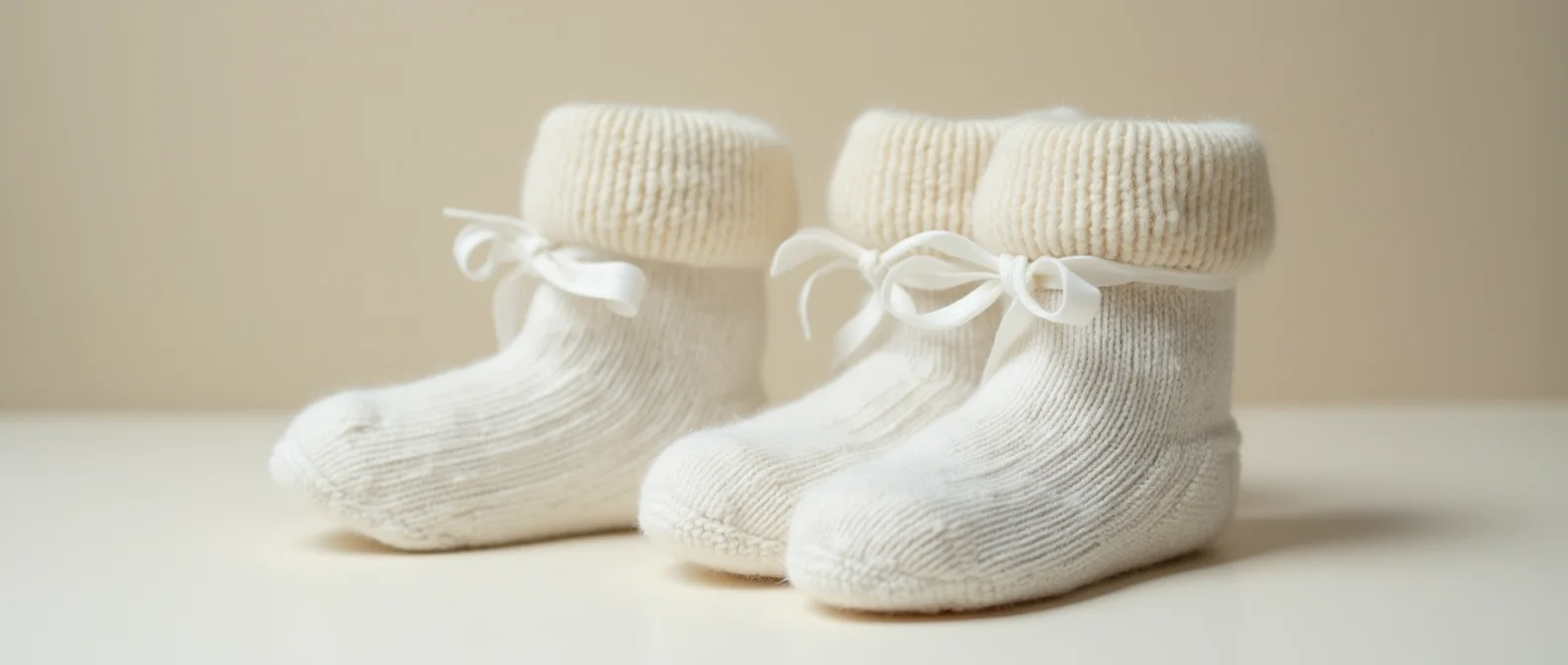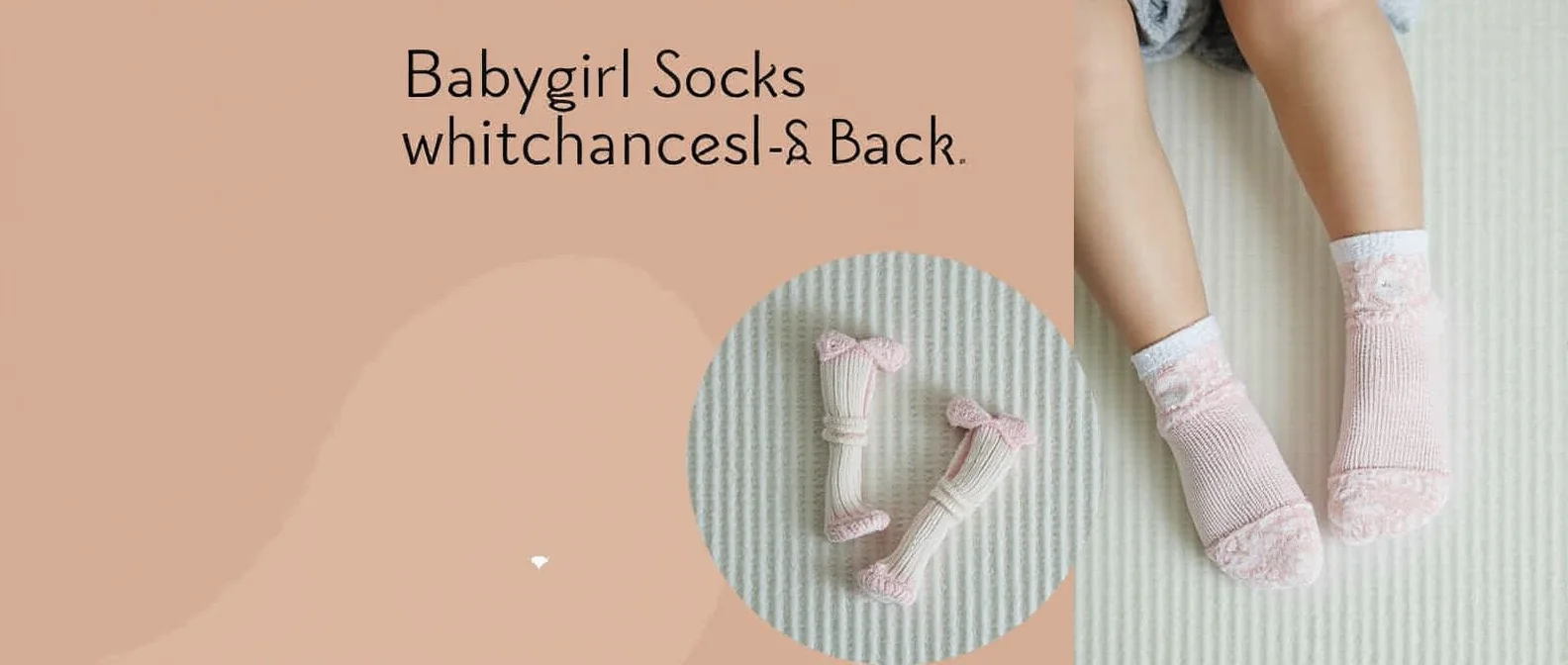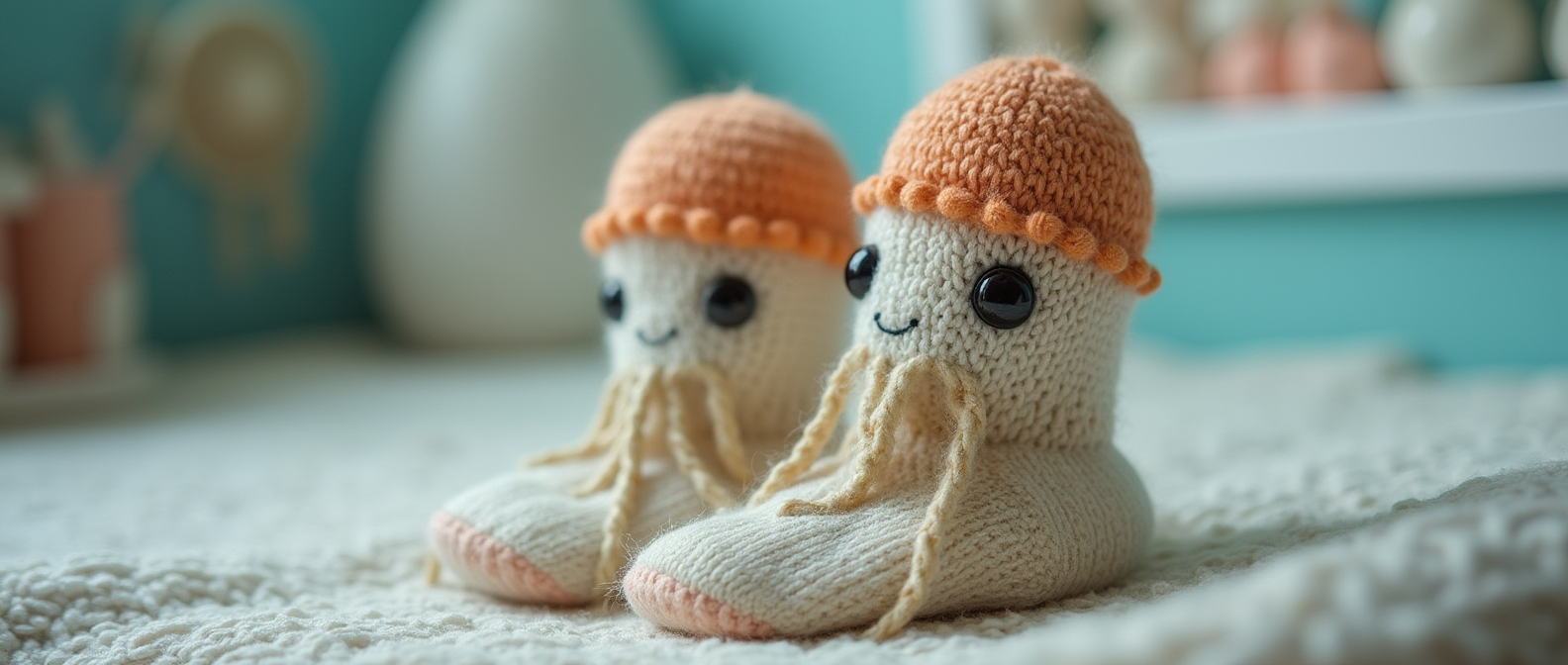Currently Empty: $0.00

In the United States, about 1 in 10 babies are born too early. This shows how important it is to have special clothes for them. Preemie stockings are key for premature babies, helping them feel comfortable and safe.
Premature babies, or “preemies,” have many challenges early on. They need special care, including preemie stockings. These stockings help with their sensitive skin and keeping them at the right temperature. They are vital for preemies’ health and growth, both in the NICU and at home.
Table of Contents
Understanding the Special Needs of Premature Babies’ Legwear
Caring for a premature baby is a delicate task, especially with their clothing needs. Preemie legwarmers and other specialized wear are made for these tiny ones. They focus on size, fit, material, and keeping the baby at the right temperature.
Size and Fit Requirements
Premature babies vary in size, and finding the right fit is key. Ill-fitting clothes can harm blood flow and cause discomfort. Legwear makers offer sizes starting from 1 pound to fit the smallest babies.
Material Considerations for Sensitive Skin
Premature babies have very sensitive skin. Their legwear must be soft, breathable, and hypoallergenic. Natural fibers like organic cotton or bamboo are best for their skin. They are soft and help regulate temperature.
Temperature Regulation Features
Keeping preemies at the right temperature is hard. The best wear for them helps with this. It has moisture-wicking fabrics, thermal insulation, and warming technologies. These features keep the baby comfortable and support their growth.
| Feature | Benefit |
|---|---|
| Soft, gentle fabrics | Prevent skin irritation and provide comfort for delicate skin |
| Breathable, temperature-regulating materials | Help maintain a stable body temperature for premature babies |
| Adjustable fit and sizing | Ensure a snug, comfortable fit that supports proper circulation |

Essential Features of Quality Preemie Stockings
Choosing the right legwear for premature infants is key. Quality preemie stockings meet the unique needs of tiny baby socks and micro-preemie stockings. They offer comfort, safety, and support for preterm infant legwear. Let’s look at what makes the best preemie stockings.
Non-restrictive elastic is a must in quality preemie stockings. Traditional baby socks can be too tight, causing discomfort and harm. The best preemie stockings have a gentle, adjustable fit. This fit works with medical devices and lets the baby move freely without irritation.
- Seamless construction to minimize friction and pressure points
- Adjustable design to fit growing infants
- Temperature-regulating fabrics to maintain optimal body heat
- Breathable materials that promote skin health
The top preemie stockings also have a seamless design. This means no irritating seams that could cause discomfort or skin problems. The focus on detail and adjustable fit makes for a comfortable, flexible option for preterm infant legwear.
By focusing on these key features, parents and caregivers can find preemie stockings that are just right. They offer the right mix of support, softness, and breathability for tiny baby socks and micro-preemie stockings. Quality legwear is important for the comfort and well-being of premature infants in their early stages.
Top Materials Used in Neonatal Socks and Legwear
Choosing the right socks or legwear for premature babies is key. Preemie stockings are made to be comfy, breathable, and safe for their sensitive skin. Let’s look at the best materials for neonatal socks and legwear.
Natural Fiber Options
Cotton and bamboo are top picks for preemie stockings. They are soft, breathable, and safe for their skin. Cotton keeps the baby’s skin comfortable and cool. Bamboo is great because it wicks away moisture and fights off germs.
Synthetic Blends for Durability
Natural fibers are great, but some socks also use synthetic blends. These blends, like polyester and nylon, make the socks last longer. They stretch well and keep their shape, even after many washes.
Anti-allergenic Properties
Premature babies need special care for their skin. Organic cotton and bamboo are good because they’re free from harmful chemicals. Some socks also have anti-allergenic fibers like modal or lyocell for extra softness and airiness.
| Material | Benefits | Drawbacks |
|---|---|---|
| Cotton | Soft, breathable, temperature-regulating | May shrink or wear out more quickly |
| Bamboo | Moisture-wicking, antimicrobial, hypoallergenic | Can be more expensive than cotton |
| Synthetic Blends | Durable, shape-retaining, stretch | May not be as soft or breathable as natural fibers |
| Organic Cotton/Bamboo | Hypoallergenic, free from harsh chemicals | Can be more expensive than conventional options |

Size Guide and Measurement Tips for Preemie Legwear
Finding the right size for preemie stockings or micro-preemie stockings is tricky. Every tiny baby is different. To get a good fit for your premature baby, follow some easy measurement tips.
Start by measuring your baby’s feet and legs carefully. Use a soft tape to wrap around the widest part of the foot, just below the toes. This will give you the foot length. Then, measure the calf, ankle, and thigh to find the right leg size.
When picking preemie stockings, think about your baby’s age and weight. Babies born before 32 weeks need smaller sizes, like “micro-preemie” or “preemie.” Babies born between 32-34 weeks might fit into “preemie” sizes. Those born after 34 weeks might wear standard newborn socks and legwear.
- Measure foot length from heel to longest toe
- Measure circumference of calf, ankle, and thigh
- Match measurements to preemie, micro-preemie, or newborn sizes
- Choose a snug but not too tight fit for optimal comfort and support
The aim is to find preemie stockings that offer gentle compression and keep warm. The right fit helps your little one stay cozy and supported during their early growth.

Best Brands and Products for Preemie Stockings
Parents and hospitals look for the best preemie stockings. They want quality and designs that fit well. The market has many options for premature babies.
Hospital-Recommended Options
Medical institutions recommend certain preemie stocking brands. These brands offer comfort and support for delicate skin. They have advanced features like temperature control and soft materials.
- Preemie Legwarmers by Nuna: Made with neonatal care experts, these legwarmers keep babies warm and comfortable.
- Squid Socks by Pipsqueak: These socks are made from premium cotton and stay in place well.
- Neonatal Socks by Bun: Known for their snug yet flexible fit, these socks are a favorite in hospitals.
Parent-Favorite Choices
Parents also have their favorite preemie stocking brands. These brands offer quality, comfort, and style. They meet the needs of premature babies and caregivers.
| Brand | Product | Key Features |
|---|---|---|
| Tiny Toes | Preemie Legwarmers | – Soft, breathable fabrics – Adjustable fit for growing babies – Available in a variety of colors and patterns |
| Snug as a Bug | Neonatal Socks | – Seamless design to prevent skin irritation – Reinforced heels and toes for durability – Anti-slip grip for easy wear |
| Cozy Toes | Squid Socks | – Made with premium organic cotton – Gentle compression for better circulation – Variety of sizes for a customized fit |
Premium Collections
Premium preemie stocking collections offer style and functionality. They have special fabrics, patterns, and details. These options are a step above the standard.
“The attention to detail and the quality of the materials used in these premium preemie stockings are truly impressive. They not only provide exceptional comfort but also give our little ones a touch of style and personality.”
– Dr. Sarah Winters, Neonatal Intensive Care Unit
Exploring the best brands and products for preemie stockings is important. It ensures your baby is cozy, comfortable, and supported during their early stages.
Care and Maintenance of Premature Baby Socks
Keeping preemie stockings clean and in good shape is very important for premature babies. Taking care of these special socks helps keep their tiny feet comfortable and safe. This guide will help you learn how to wash and store these clothes properly.
Washing Instructions
When washing preemie socks, be gentle. Use a mild, fragrance-free detergent and skip fabric softeners. They can make the socks less breathable and soft. Wash them in lukewarm water, not hot, to avoid damaging the fibers.
Hand-washing or using a low-agitation cycle on your machine is best. This way, you avoid damaging the socks.
Drying and Storage
After washing, dry the socks carefully to keep them soft and stretchy. Air-drying is the best method. It lets the socks dry naturally without shrinking or getting damaged.
Store the socks in a cool, dry place. Keep them away from sunlight and heat. This helps them last longer.
Maintaining Softness and Comfort
To keep the socks soft and comfy, use a mild fabric softener or conditioner. This helps them stay soft and prevents them from getting stiff. Also, check the socks often for any damage. Replace them when needed to keep your baby’s feet safe.
| Washing Tips | Drying and Storage | Maintaining Softness |
|---|---|---|
| Use a mild, fragrance-free detergent Avoid fabric softeners Wash in lukewarm water Opt for gentle, low-agitation cycles | Air-dry the stockings Store in a cool, dry place Avoid direct sunlight and heat | Use a mild fabric softener or conditioner Inspect for wear and replace as needed |
By following these easy care tips, you can keep preemie socks and other clothes in great shape. This ensures your baby stays comfortable and safe.
Conclusion
Choosing the right preemie stockings is key for premature babies’ comfort and health. These tiny legwear options offer support, keep the baby’s temperature right, and protect their skin. Knowing what to look for in quality preemie stockings helps parents make good choices for their babies.
Every detail counts when dressing a premature baby. The right stockings can make them feel comfortable and secure. Having the right preemie stockings, nicu essentials, and preterm infant legwear is crucial during the NICU journey.
Investing in high-quality legwear meets premature babies’ special needs. This helps them grow strong and reach their full potential. This article’s conclusion highlights the importance of choosing the right preemie stockings for their care and comfort.
FAQ
What are preemie stockings?
Preemie stockings are special legwear for premature babies. They keep the tiny legs and feet warm and comfortable. These socks and legwarmers are used in the NICU or at home.
Why are preemie stockings important for premature babies?
Premature babies need special clothes and accessories. Preemie stockings help keep them warm and prevent skin irritation. They also support their development and can fit around medical devices.
What are the key features of quality preemie stockings?
Good preemie stockings have features that help premature babies. They have non-restrictive elastic and seamless construction. They also have adjustable designs and breathable fabrics that are gentle on the skin.
What materials are used in neonatal socks and legwear?
Preemie stockings are made from materials like cotton and bamboo. Some are synthetic blends for durability and to prevent allergies. The right material is important for breathability and softness.
How do I properly size and measure for preemie legwear?
Getting the right size is key for preemie stockings. You need to measure the baby’s foot and leg. Use a size guide to find the perfect fit for your premature baby.
What are some of the best brands and products for preemie stockings?
Top brands for preemie stockings are recommended by hospitals and parents. They offer quality, comfort, and are suitable for premature babies. These brands are known for their excellence.
How should I care for and maintain preemie stockings?
Taking care of preemie stockings is important. Follow the washing instructions and store them properly. This keeps them soft and elastic for your baby’s comfort.



